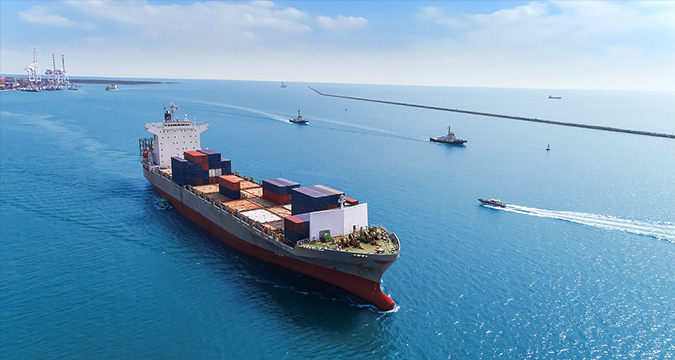

Recreational Craft and personal water craft Directive(RCD)
RCD directive is a regulation formulated by CEN and CENELEC in order to ensure the free circulation of Recreational Craft in the EU market. Under the RCD directive, many harmonized standards are detailed, and each corresponds to a category of products.
Recreational crafts must be certified by a notified body authorized by the European Commission. If they meet the requirements of the directives and standards, they can obtain CE certificates and can freely circulate in the EU market. DCI (notified body No. 0613) is authorized by the European Union to carry out the conformity assessment work specified in the RCD directive, and provide relevant certification services for Recreational crafts category and other entertainment vessel category within the scope of approval.
The project is served by Dutch Certification Institute.
Ships with a hull length of 2.5m-24m for sports and recreation purposes need to comply with the requirements of the RCD directive.
This also includes spare parts on board, such as yachts, inflatable boats, sailboats, aluminum alloy boats, fiberglass boats, rubber boats, motorboats and other equipment or components used, such as: ignition protection equipment for engines inside or at the stern of the ship, starting protection equipment for yacht engines, steering wheel, control mechanism, cable components and a series of spare parts and equipment.
Although it is generally not required for non-EU market, non consumer oriented ships and some non-motorized water equipment to comply with the directive, DCI still provides professional ship survey, safety assessment, design review and other technical services to meet the needs of customer diversity.
1、Review of technical documents
· Design drawing review
· Fuel tank pressure test conformity report or certificate
· Pressure test report or certificate of fuel pipeline system
· Pressure test report of LPG system
· Stability calculation / offset load inspection report
2、Ship survey
The applicable standards under the RCD directive cover following products, such as:
· ISO 6185 EU CE certification requirements on inflatable boats.
· ISO 12217-2 Assessment requirements for stability and buoyancy of sail boats.
· ISO 12217-1 / ISO 12217-3 Assessment requirements for stability and buoyancy of non-sail boats.
· ISO 21487 Inspection standards and requirements for permanently installed fuel tanks on yachts.
· ISO 14509 Inspection standards and requirements for noise emission of yacht engine.
Generally, recreational crafts below 12m shall be certified in accordance with A or A1mode, and those greater than or equal to 12m shall be certified in accordance with B mode.
3、Comprehensive report review / certification decision
4、 Certificate issuance

Validity of CE certificate of Recreational Craft
EC Type certificate shall remain valid If there is no type change to the declared vessel or if the change is assessed by DCI without affecting the validity and compliance of the certificate.
-
Authentication Mode
The conformity assessment mode of Recreational Craft Directive is A or A1mode and B mode, and the design grade is A, B, C and D, which correspond to the combination of different certification modes. Generally, for recreational crafts under 12 meters, A or A1 mode is implemented, and B mode is implemented for other vessels within the scope of application.
Category definition:
Category A: the ship is designed for long-term maritime navigation, capable of withstanding wind force of 8 or above, wave height of 4 meters or above, and most ship supplies are self-sufficient.
Category B: the ship is designed for sea navigation and can withstand the sea conditions with wind force less than Grade 8 (including grade 8) and wave height less than 4m (including 4m).
Class C: ships are designed for coastal waters, large bays, bay mouths, lakes, river basins. It can resist the wind force within 6 levels (including 6 levels) and the wave height within 2 meters (including 2 meters).
Class D: the ship is designed for small lakes, rivers and canals, which can withstand the water surface conditions within wind force class 4 (including class 4) and wave height 0.5m (including 0.5m).
Design Class A, B
1. Hull length 2.5m to 12m: A1, B, C, or any of the following modes: B + D, or B + E, or B + F, or G or H;
2. Hull length 12m to 24m: B, C, or any of the following modes: B + D, or B + E, or B + F, or G or H;
Design Class C
1. Hull length 2.5m to 12m: A, A1, B, C, or any of the following modes: B + D, or B + E, or B + F, or G or H;
2. Hull length 12m to 24m: B, C, or any of the following modes: B + D, or B + E, or B + F, or G or H;
Design Class D
Hull length 2.5m to 24m: A, A1, B, C, or any of the following modes: B + D, or B + E, or B + F, or G or H.
Relevant Services
Download
Complaints & Suggestions
Standard form management Management create value






